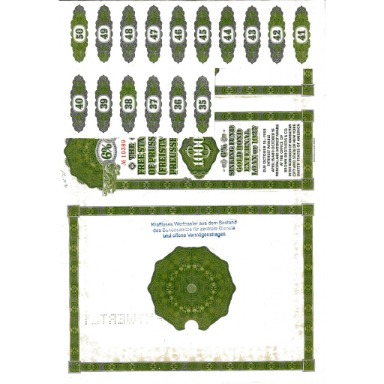Figure 4 summarizes the flow of costs in a job order cost system and Figure 5 summarizes the journal entries required given the flow of costs in Figure 4. The ending balances in the three inventory accounts would be reported as inventories on the balance sheet and cost of goods sold would be reported on the income statement. The predetermined manufacturing overhead rate is $95 per machine hour (total estimated overhead $197,600 / 2,080 total estimated What Is Job Order Costing machine hours). It is employed when your business manufactures bespoke products customized to specific customers instead of delivering standardized products. This implies that for every job order, you need to account for all the costs incurred for that specific order separately, ranging from direct raw materials and labor to overheads. Commonly, the overhead rate may be derived by applying overhead costs on the basis of labor hours or machine hours.

The predetermined manufacturing overhead rate is computed before the period starts, usually at the beginning of a year or quarter. Manufacturing overhead is then applied to the jobs as the work is completed throughout the year. In a normal costing system, the predetermined overhead rate is applied to the jobs based on the job’s actual use of the allocation base or cost driver used to calculate the predetermined rate. On January 1, Cincy Chips estimates that they will produce 50,500 microchips and run 2,080 machine hours in the upcoming year. The company uses a single organizational manufacturing overhead rate.
Calculating the costs
Accurate job order costing helps companies draw better budgets. Knowing the costs involved in the manufacture of your products allows you to plan budgets and operating expenses as well as set profit targets over long periods. The formula for computing the organizational predetermined manufacturing overhead rate is presented below. Once the job is completed, you need to revise the actual cost by adding the additional costs which might be incurred while doing the job with respect to the estimate given to the customer. This helps to remove over or under applied costs and revise them in accordance with the completed job. This step will help identify the true cost of completing the job and arriving at its final cost.

Of course, since we live in the 21st century, where software is eating the world, plenty of tools are available to make things easier for you. The job cost sheets aren’t sheets anymore but went from actual paper to spreadsheets to manufacturing ERPs like Katana. Sticking to our previous example of a premium furniture business, let’s say that you have a workforce of 10 people, and at 40 hours/week, for 50 weeks/year, you get a total of 20,000 labor hours/year. Now you estimate that your overheads will be about $100,000 for the entire year. In contrast to actual costing, normal costing involves using a predetermined or budgeted overhead rate to estimate the overheads.
Definition of Job Order Costing
The direct raw materials and labor generally are easy to track and account for. XYZ Company estimates that for the current year, it will work 75,000 machine hours and incur $450,000 in manufacturing overhead costs. The company applies overhead cost on the basis of machine hours worked. Once the direct and indirect costs are calculated, they’re added together and submitted to the client to give a quote for the job.
7 Times The Grey's Anatomy Interns Broke The Rules – Screen Rant
7 Times The Grey's Anatomy Interns Broke The Rules.
Posted: Sat, 27 May 2023 19:10:00 GMT [source]
Job order costing helps you calculate the entire cost of the job in a step by step. This method enables you to find out errors, decide if the job is profitable, finding areas for process improvement, monitoring fixed asset usage and creating more accurate quotes for future jobs. It is a highly efficient costing method for a manufacturer who produces a multitude of products different from one another. The first step is to identify the job and its requirements.This is done by analyzing the factors and outcomes which will be affected by taking up this job.
Optimizing your operations based on job data
In this case, just follow the same steps with each product separately. This approach has many more variables than the predetermined overhead method and, as a consequence, it is much more accurate. Direct labor is very easy to calculate as every company tracks the salaries and work https://kelleysbookkeeping.com/work-in-progress-or-work-in-process/ hours of their employees. Process costing, on the other hand, is used when companies offer a more standardized product. No matter who the customer is, they all end up receiving the same product. Rookwood Pottery makes a variety of pottery products that it sells to retailers.